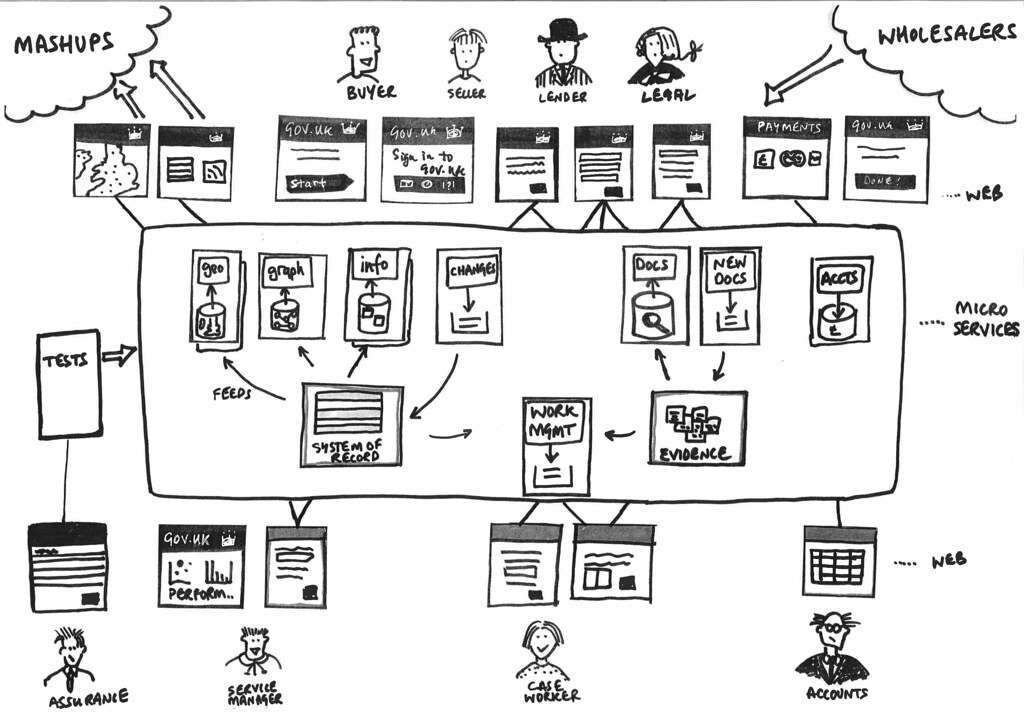Microservices Architecture: Pros and Cons
Microservices architecture is a design approach in which a single application is built as a suite of small services, each running in its own process and communicating with lightweight mechanisms, often an HTTP-based API. This approach is in contrast to the traditional monolithic development style, where all components of an application are intertwined and managed as a single unit. This article explores the advantages and disadvantages of adopting microservices architecture, helping you to decide if it’s the right approach for your projects.
Pros of Microservices Architecture
1. Scalability
- Detail: Microservices can be scaled independently, allowing more precise allocation of resources. This is particularly useful for handling varying loads on different parts of an application.
2. Flexibility in Technology Stack
- Detail: Each microservice can be written in a different programming language or use different data storage technologies. This flexibility allows teams to pick the best tool for each job, potentially increasing the efficiency and quality of the application.
3. Faster Deployment
- Detail: Since microservices are deployed independently, changes to a single service can be deployed without redeploying the entire application, leading to quicker release cycles.
4. Improved Fault Isolation
- Detail: If one microservice fails, it doesn’t necessarily bring down the whole system. Only the area directly related to that service is affected, which simplifies the process of troubleshooting and recovery.
5. Easier Maintenance and Updating
- Detail: Smaller code bases and separation of responsibilities make maintaining and updating code simpler, as changes are isolated to specific services.
Cons of Microservices Architecture
1. Complexity
- Detail: Managing multiple services adds complexity to the system, particularly in terms of deployments, monitoring, and operations. Each service needs to be configured, deployed, and monitored correctly.
2. Network Latency
- Detail: Communication between services over a network introduces latency. If not managed properly, this can significantly impact the performance of the application.
3. Data Integrity
- Detail: Maintaining data consistency across services can be challenging because each service manages its own database. Implementing transactions that span multiple services requires careful design to avoid data anomalies.
4. Development and Testing
- Detail: Testing applications that consist of multiple services that interact over a network is more complex than testing a monolithic application. Developers need to account for service interactions, network issues, and message serialization/deserialization.
5. Increased Resource Usage
- Detail: Each microservice might need to be replicated multiple times for performance and fault tolerance reasons, which can lead to higher memory and processing power requirements.
Conclusion
Microservices architecture offers significant benefits for developing scalable, flexible, and robust applications. However, it introduces challenges that require careful consideration. Organizations should weigh these pros and cons based on their specific needs, capabilities, and growth plans.
